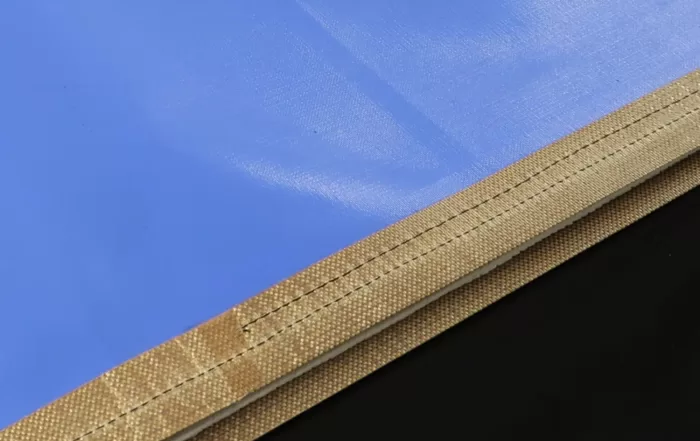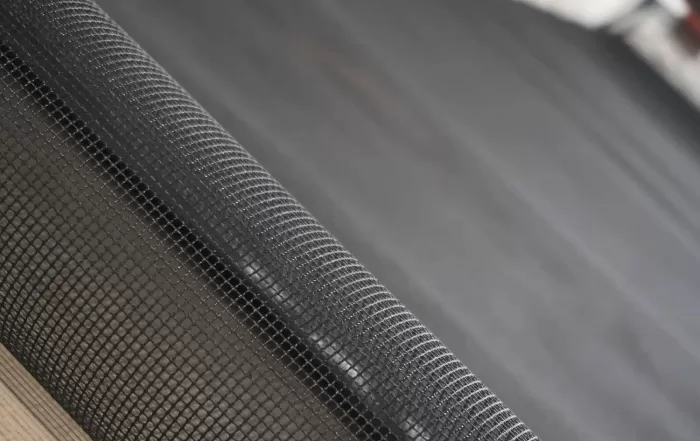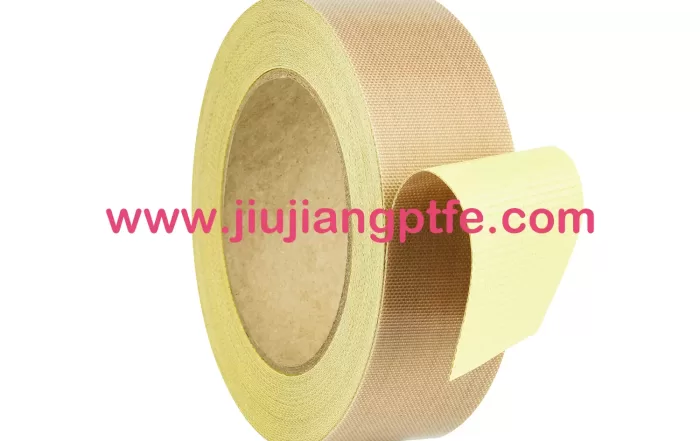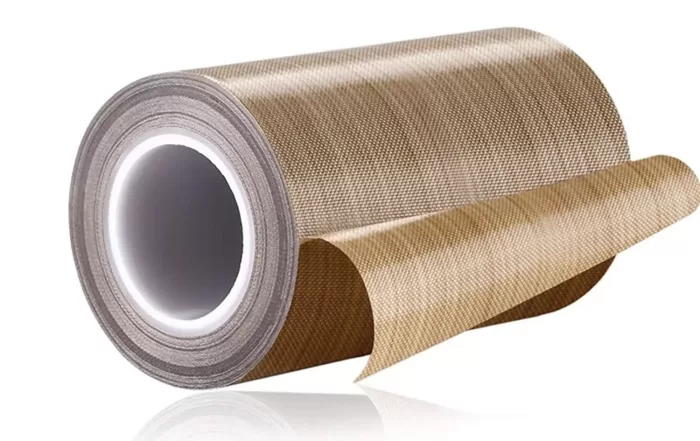Three Common Edge-Sealing Methods Used by Teflon Belt Suppliers
Jiujiang PTFE is a supplier for teflon belt suppliers. Typically, we use three different methods to edge-seal teflon belts: PTFE Film, PTFE Cloth, and Kevlar Cloth.
In the world of industrial manufacturing, the efficiency and durability of conveyor belts are crucial for smooth operations. Teflon, known for its high resistance to heat and chemicals, is a popular choice in conveyor belt materials. A significant aspect of Teflon conveyor belts’ functionality and longevity is how their edges are sealed.
1. PTFE Film Edge Sealing
PTFE Film sealing involves the application of a thin film of PTFE over the edges of the conveyor belt. This technique is highly effective in providing a smooth, non-stick surface that reduces friction and prevents the edges from fraying.
Advantages:
- Ensures a smooth and even surface.
- Excellent non-stick properties.
- Reduces friction, which minimizes wear and tear.
Disadvantages:
- Less durable compared to thicker edge seals.
- Can be prone to peeling under extreme conditions.
Applications:
PTFE Film edge-sealed belts are typically used in applications requiring minimal friction and where the belt surface’s smoothness is paramount, such as in the food industry and small component manufacturing.
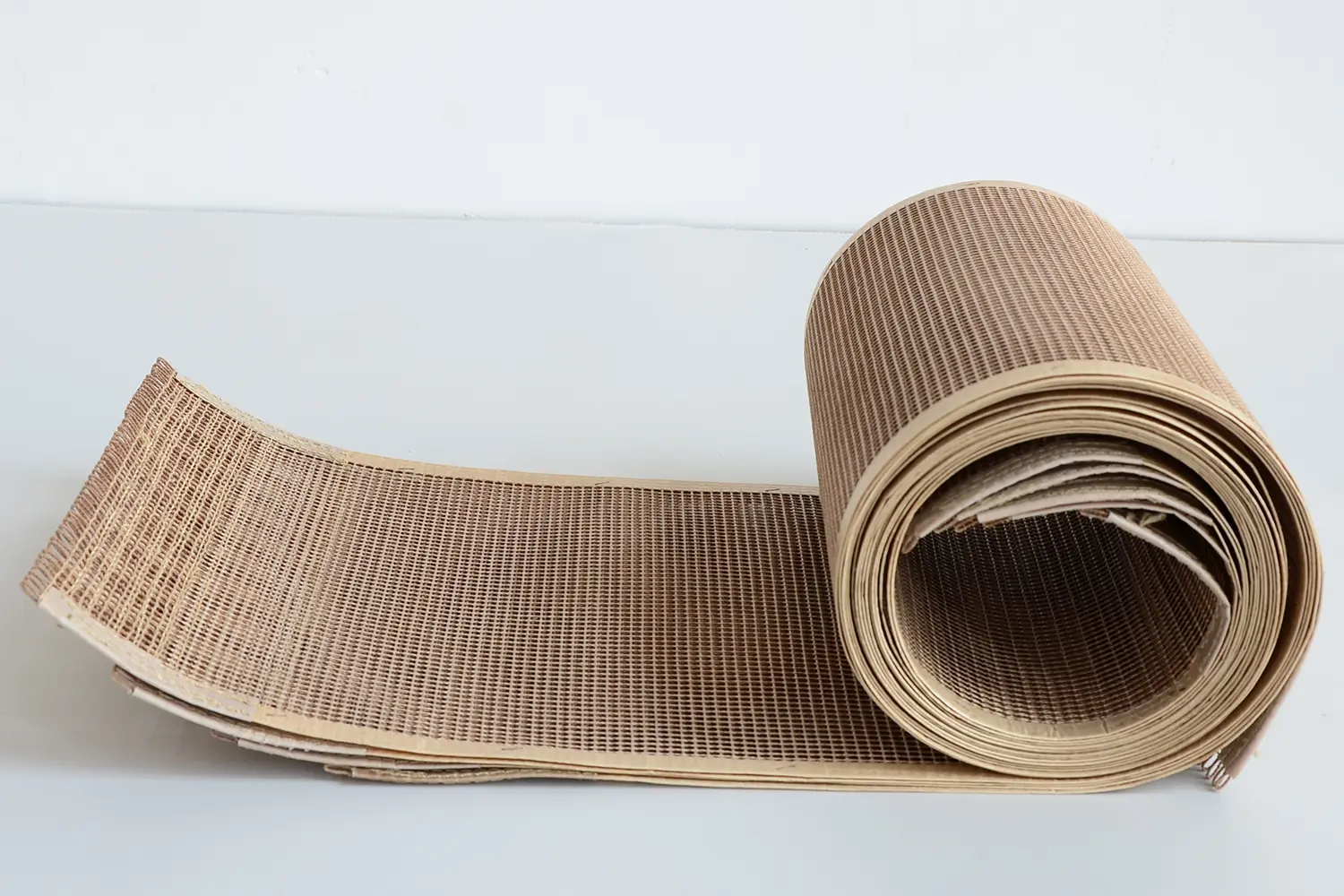
2. PTFE Cloth Edge Sealing
This method involves using a strip of PTFE cloth to seal the belt edges. It provides a balance between durability and the non-stick properties of PTFE, offering a robust seal that withstands wear.
Advantages:
- Higher durability than PTFE Film.
- Maintains non-stick properties.
- Resistant to wear and tear.
Disadvantages:
- Slightly increases the thickness of the belt edge.
- Can be more costly than film sealing.
Applications:
PTFE Cloth edge-sealed belts are commonly used in industries where there is a need for a balance between durability and non-stick properties, such as in textile and packaging industries.
3. Kevlar Cloth Edge Sealing
Kevlar Cloth sealing is used for environments where high strength and durability are essential. Kevlar, known for its use in bulletproof vests, offers exceptional resistance to heat and wear.
Advantages:
- Extremely durable and robust.
- Excellent resistance to high temperatures and abrasion.
- Ideal for heavy-duty applications.
Disadvantages:
- Does not have the same non-stick properties as PTFE.
- More expensive than other methods.
Applications:
Kevlar Cloth edge-sealed belts are ideal for heavy industrial applications, such as in the automotive industry and where the conveyor belt is exposed to high temperatures and abrasive materials.
Comparison Table of Three Edge-Sealing Methods for Teflon Conveyor Belts:
| Edge-Sealing Method | Advantages | Disadvantages | Applications |
|---|---|---|---|
| PTFE Film | Smooth surface, non-stick, less wear | Less durable, prone to peeling | Food industry, small component manufacturing |
| PTFE Cloth | Durable, non-stick, wear-resistant | Slightly thicker, more costly | Textile, packaging industries |
| Kevlar Cloth | Extremely durable, heat-resistant | Not non-stick, expensive | Automotive, heavy industrial applications |
The choice of edge-sealing method for Teflon conveyor belts depends on the specific requirements of the application. Whether it’s the smooth operation in food processing or the rugged durability in automotive manufacturing, each method offers unique benefits. Understanding these can guide manufacturers and users in making informed decisions, ensuring optimal performance and longevity of their conveyor systems.
As a leading Teflon Belt Suppliers, we can provide samples of these three edge-sealing methods. If needed, please contact us.

